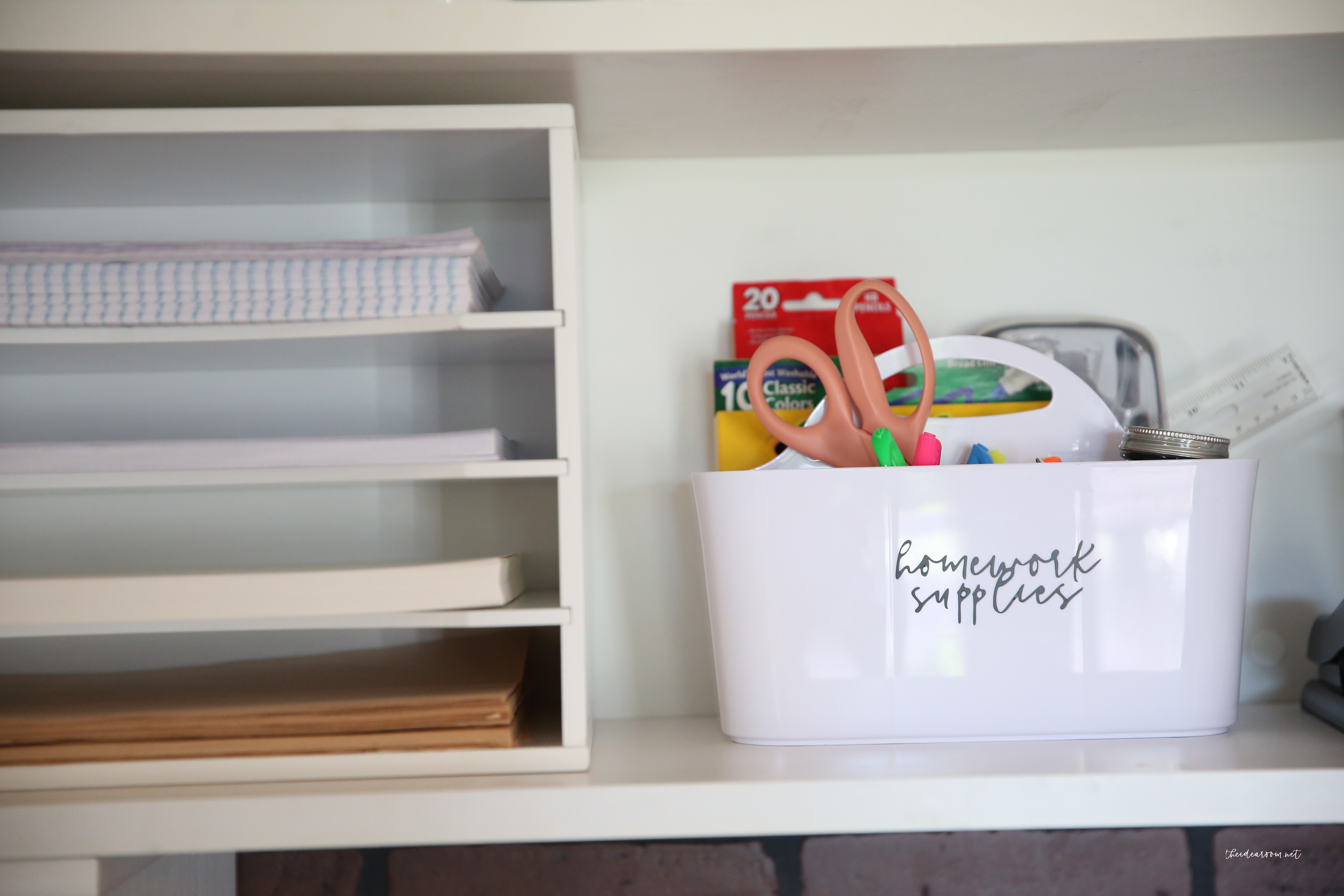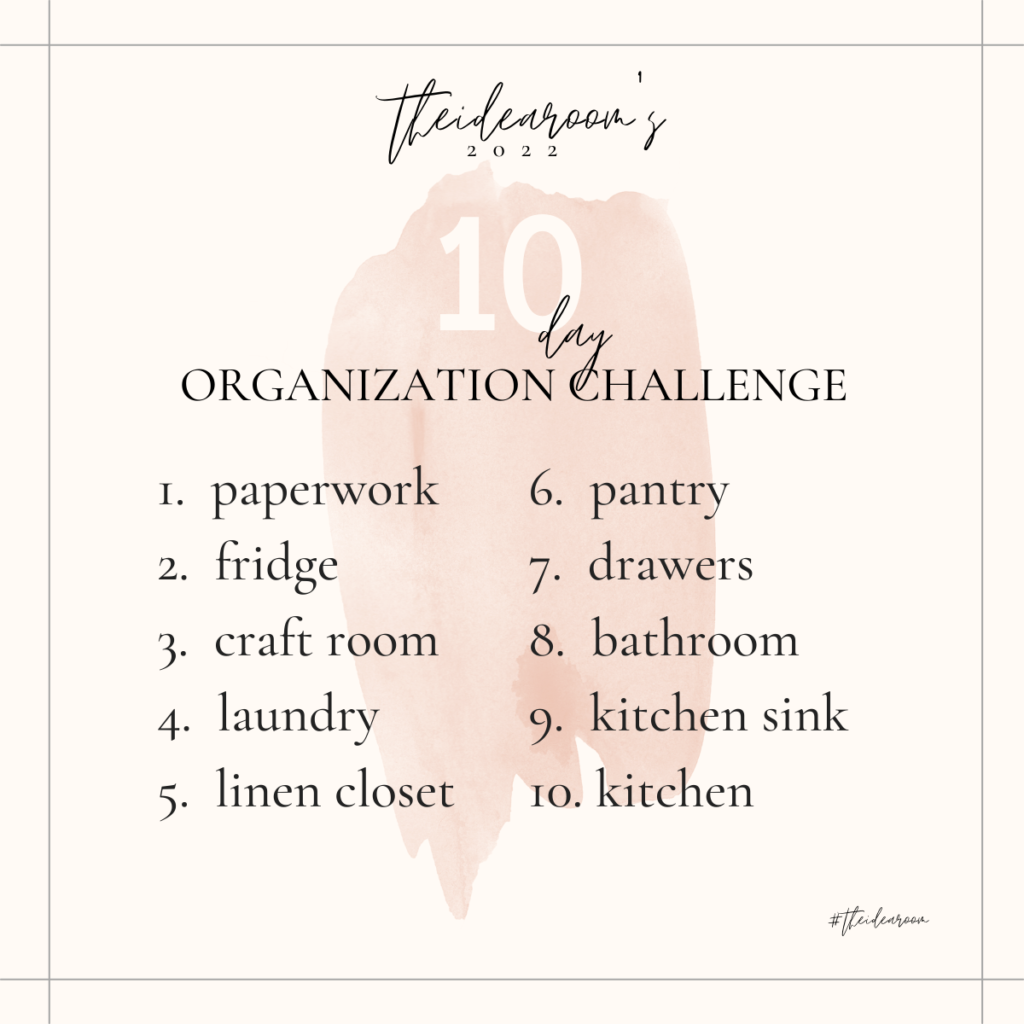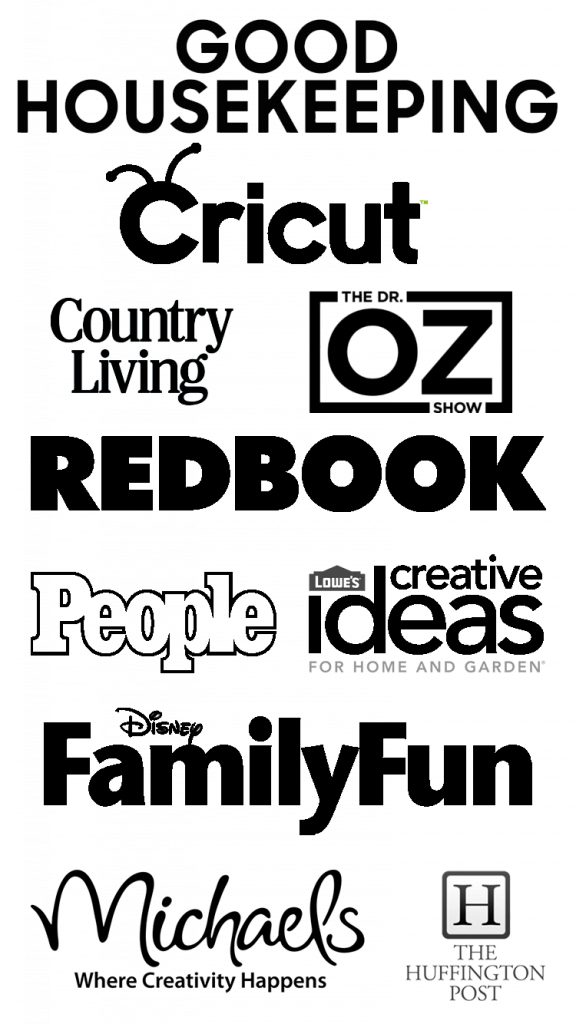Paper clutter can accumulate rapidly in your home, use our tips and tricks for organizing paper clutter to the mess! It’s easy to maintain with our tools!
 Paper Clutter can be overwhelming and you may feel like you don’t even know where to get started to tame the mess. To prevent the most common causes of paper clutter, while taming your already overgrown stacks of papers, follow these simple time saving steps to rid your home of paper clutter.
Paper Clutter can be overwhelming and you may feel like you don’t even know where to get started to tame the mess. To prevent the most common causes of paper clutter, while taming your already overgrown stacks of papers, follow these simple time saving steps to rid your home of paper clutter.
Reduce Junk Mail
If you have catalogs and flyers arriving in your mailbox, you don’t need, there are some ways to stop them from arriving in the first place. Most catalogs and advertisements have a phone number to call if you no longer want to receive them. You can find this information in the catalog. Even though it may take a couple minutes to initially cancel them, you will no longer have the paper clutter arriving at your home. You can also request to be removed from the mailing lists of charities and nonprofits. The Better Business Bureau has tips on the latter. In addition, the Federal Trade Commission provides resources for removing yourself from some direct marketers’ lists and other companies who send unsolicited offers through the mail.Recycle Bulk Mail
If you’re keeping old newspapers, magazines, and flyers because you don’t want to throw them in the garbage but you don’t know the proper way to dispose of them, take a few minutes to research the recycling rules where you live. Just knowing what can be recycled and where to bring it can spur you into action. You might also check with local nursing homes to see if they would like recent magazines. Then designate a spot in your home to store them so they can be conveniently stored until you are ready to drop them off.Throw Out Old Papers
Do not bring junk mail into the home. Sort the mail while walking from the mail box to the outdoor trash bin (recycle bin) and throw them out before bringing them into the home! Sometimes your excess papers fall into “this might be important” someday. I shared a list below of important documents that you need to keep and give some tips for how to store them. Keeping unnecessary papers can add a lot of bulk, weight and clutter to your home that may be interfering with your ability to organize and feel at peace in your home.Scan What You Can
If you’re storing papers because they contain information you want to be able to access and refer back to. Remember that these items don’t necessarily need to continue to be in paper form. Instead, scan them (or take a picture of them) and save them on your computer in a designated file. A decent, inexpensive scanner is useful to have around, but there are also apps that use the camera on your smartphone as a scanner.Pay Bills Online
One of the easiest ways to deal with paper clutter is to keep it from coming into your house in the first place. Switch to online bill pay and paperless billing if you haven’t already. You can also choose to receive some other types of records, like bank statements and receipts, in digital form. Just be sure to have a way to organize paper clutter into files on your phones and computers or you can transfer your “paper clutter” to these devices. It also makes it easy to know where to find each item when you need it!Organize Those “In-Between” Papers
Lastly, if your desk is covered in papers that you need to deal with soon but not right away, designate a place specifically for them. This could be anything from a folder, a paper tray (which is what I use), or a clipboard. Stash coupons, bills awaiting payment, and other time-sensitive documents here until they can be used, filed, scanned, or tossed. Or have a designated place for them as well.Determine what is important paperwork
Just how long do you need to keep your taxes, receipts, bank statements, and other important documents? Each type of document is different, so keep all of your paperwork long enough before you fire up the shredder, even if you think you’re done with them.Maintaining a Workable Home Filing System
As mentioned above, be diligent about pre-sorting your paperwork that comes into your home or you may really begin to struggle with organizing paper clutter. In some cases, it may be difficult to get rid of items because we feel like they hold some kind of memory. When we feel attached to paper items, this can lead to difficulty in getting rid of items that aren’t necessary to hold on to. In these cases, it can be very helpful to reach out to a professional who can guide you through the decluttering process. I do offer a very detailed Organization Course if you are struggling with this aspect and need additional help. The second step is to make sure you have a good system to manage your mail in place. The more efficiently you handle the mail when it comes in, the less often you’ll have to do a big session of filing, shredding, and recycling.Set up an Electronic System
Getting rid of your paper filing by setting up an electronic filing system will save you space and rid you of paper clutter. An electronic filing system makes a lot of sense, especially now because we have tools that make it easier than ever. To get started, you need a scanner and a place to store your files: a folder system on a computer and a back up in the cloud, as well as an external hard drive. The more backups you have—at home and off-site—the more prepared you will be to ditch the pile of paperwork without worrying about losing something important. Set up general folders for different types of documents (e.g. household, taxes, auto, birth certificates, etc.) You don’t need to get too precise with storing the documents since electronic filing systems are searchable. Then, scan each document and store it in a folder according to the contents. Give each a unique filename to describe it so it can be found quickly via your computer’s search function. Also, adding the date at the end of the filename can help you distinguish the same type of document from different time periods. For example, rather than calling your utility bill bankstatement.pdf, name it something like bankstatement-Dec2021.pdf. There are also a number of apps (I love Evernote) available that can help you quickly record and store a variety of documents. Many can be managed through your smartphone or tablet, so you can get rid of paperwork (especially receipts) when you’re nowhere near your home computer. You can also organize and file while waiting in the carpool line or at the doctor’s office.Take Photos of Kids Art/School Work
Kids artwork and school work can add to your clutter significantly. My kids and I wanted to remember some of their special artwork or paperwork. To keep down on the clutter I used to take photos of their work so we could keep a record of it without actually having to store it in the home. Then place them in a file so they can easily be found on your computer. If you do have very special pieces you can keep a file for each child and limit what is stored there.Keep Copies
For your most important documents, experts advise keeping multiple copies. That may mean keeping one copy in your cloud storage and another on a hard drive. It could also mean keeping one copy in your electronic filing and one hard copy in a fireproof safe.Documents to Store Forever
A number of documents should be stored forever. These are the most important that you may need at any time in the future for a variety of reasons. Ensuring that they’re kept in a safe place and that a copy is secure will save you a lot of time when they’re needed. Keep these in a secure location that is fireproof, waterproof and can be grabbed easily in case of emergency. I suggest gathering them all together and storing in a safe.- Academic records: Diplomas, grade transcripts, and any portfolio work that may be used in the future when applying for a job
- Adoption papers
- Baptismal certificates
- Birth certificates
- Death certificates
- Driver’s licenses
- Employment records: Any contracts, NDA’s, clauses, agreements, disciplinary files, and performance reviews, etc.
- Legal Documents
- Marriage certificates
- Medical records
- Military records
- Passports
- Retirement and pension records
- Social Security cards
- Wills
Documents to Store for a Certain Period of Time
There are many types of documents that you should keep for a certain period of time, but don’t need to store forever. You may need to reference them monthly or weekly for a while, but eventually just become more paper clutter. It can be difficult to know how long you will need to keep different items, and there is not always a good answer for everything, but here are some common recommended guidelines based on what the paper is:- Bank statements: One month.
- Bills: One year for anything tax or warranty related; all other bills should be shred as soon as they have been paid.
- Credit card bills: Keep for 60 days unless they include tax-related expenses. In this case, you should hold onto them for 3 years.
- Home improvement receipts: Keep until the home is sold.
- Investment records: Seven years after you’ve closed the account or sold the security.
- Leases: Keep until you’ve moved out and have received your deposit back from the landlord.
- Paychecks and pay stubs: One year, or until you’ve received your W-2 statement for that tax year.
- Sales receipts: Keep for the life of the warranty for major purchases such as appliances and electronics. For groceries and clothing, only keep the receipt until you know that it won’t be needed to return merchandise. A lot of places are offering digital receipts or apps that track your purchases so receipts are not needed.
- Tax documents: Seven years, including your filing and all accompanying documents such as W-2s and receipts.
- Vehicle records: Keep until the boat, car, or motorcycle is sold.
How to Get Rid of Documents
Identity theft is a big concern nowadays and one of the best ways to protect yourself is by shredding your personal and financial documents when they are no longer needed. This includes anything that has account numbers, birth dates, passwords and PINs, signatures, and Social Security numbers.What Documents to Shred
When you’re done with these documents and no longer need them, feel free to shred them:- ATM receipts
- Bank statements
- Birth certificate copies
- Canceled and voided checks
- Credit card bills
- Credit reports
- Driver’s licenses (expired)
- Employment documents with any identifying information
- Expired passports and visas
- Investments account numbers
- Legal documents
- Investment, stock, and property transactions
- Items with a signature (leases, contracts, letters, etc.)
- Medical and dental records
- Papers with a Social Security number
- Passwords or PIN numbers
- Pay stubs
- Pre-approved credit card applications
- Receipts with checking account numbers, credit card numbers, or any other identifying information
- Tax forms
- Transcripts with identifying information
- Travel itineraries
- Used airline tickets
- Utility bills (telephone, gas, electric, water, cable TV, internet, etc.)
How to Get Started Organizing Paper Clutter
Helpful Items:
- Recycling bin
- Trash can
- Paper shredder
- Label maker or writing utensil
- Hanging file folder
- File folders
- Fabric file folder box
- File cabinet or other storage space for file folders
- Fire proof safe box
- Binder
- Wood letter tray
Instructions:
- Gather All of Your Papers in One Spot Gather all of your paper clutter into one spot so you can sort through it. Grab all of your papers from obvious locations, such as your desk drawers and filing cabinets, and check through the rest of your home for other random paper clutter. Check common places where paperwork can accumulate, such as the kitchen counter or inside a work bag. Bring it all to one spot where you have lots of room to spread out. I usually lay everything out on the floor.
- Separate Your Papers Into 5 Categories Now it’s time to sort all of your paperwork. Each document will go into one of these five categories: action, archive, household, recycle, and shred.
Here’s what to put into each of these categories:
- Action: These are the papers you need to take action on and then discard. Don’t confuse these with documents that go in the household category. Household documents are filed permanently; action files are used once and then discarded. Examples include invitations, parking tickets, appointment reminders, homework, and bills.
- Archive: This category includes papers you need to hang on to but don’t need to reference more than once or twice a year. Examples are tax returns, medical records, academic records, deeds, leases, warranties, and contracts.
- Household: These are papers you use to keep your house (and life) running. Examples include coupons, recipes, user manuals, receipts for this year’s taxes, and documents for upcoming travel.
- Recycle: These are papers that don’t fall into any of the categories above and contain no personal information. Examples include junk mail, newspapers, magazines, old homework you don’t need, and used envelopes.
- Shred: This category includes papers that don’t fall into the first three categories but do contain personal identifying information. Examples are credit card offers, old bank statements, and bills.
- Discard Documents You Don’t Need Now that you’ve divided your paperwork into the five categories, you can clear some space by discarding the papers you don’t need. Take out the recycling pile first, as this should be easy and just involve you dropping it into a recycling bin. Next, shred the sensitive documents you’re getting rid of. When you’re done, you only should have the papers you need to file left sitting in front of you.
- Organize the Archive File First, tackle the archive pile of paperwork. This pile can include very important documents, such as your passport or social security card. So it’s ideal to put these papers in a fireproof box or safe to protect them. Split your archive pile into subcategories for more efficient organization, such as academic, car, employment, financial, health, insurance, personal identification, and real estate documents. Use a labeled file folder for each of your subcategories. Then, put those folders into the safe, fireproof box, or other spot where you plan to keep them.
- Arrange the Household File Now it’s time for your household paperwork pile. You can keep these papers in file folders stored in a filing cabinet or other accessible spot. But many people prefer to keep their household papers in a binder with various sections and pockets. I have created some various binders to store my recipes and organization files to make it easier to keep track of them and so they are organized in one easy spot.
- Set Up the Action File Finally, you’ll address your action category of paperwork. Because these papers involve items that need to be addressed, it can be helpful to store them out in the open as a visual reminder for yourself, rather than tucked away in a filing cabinet. A desktop inbox tray can be a good option for storing action paperwork, but you also can simply put the papers in a file folder that you keep accessible so you go through them on a regular basis.

ORGANIZATION IDEAS
Check out some of our other organization ideas and projects I have shared here on The Idea Room.- Favorite Organization Products
- Office Organization
- Family Command Center
- Medicine Cabinet Organization
- Laundry room
- Pantry Organization
- Spices Organization
- Clothing Organization & Storage Labels
- Gluten Free Labels
- Printable Kitchen Organization Labels
- Christmas Decor Organization Labels
- Recipe Binder
- Weekly Meal Planner
- 72 Hour Kits
- Home Organization Course
JOIN OUR NEWSLETTER
Would you like more Recipes, DIY, Printables and Organization Ideas?
Subscribing to the newsletter will enable us to periodically send you creative content exclusively for Idea Room subscribers.
*View our Privacy Policy here.






Leave a Reply